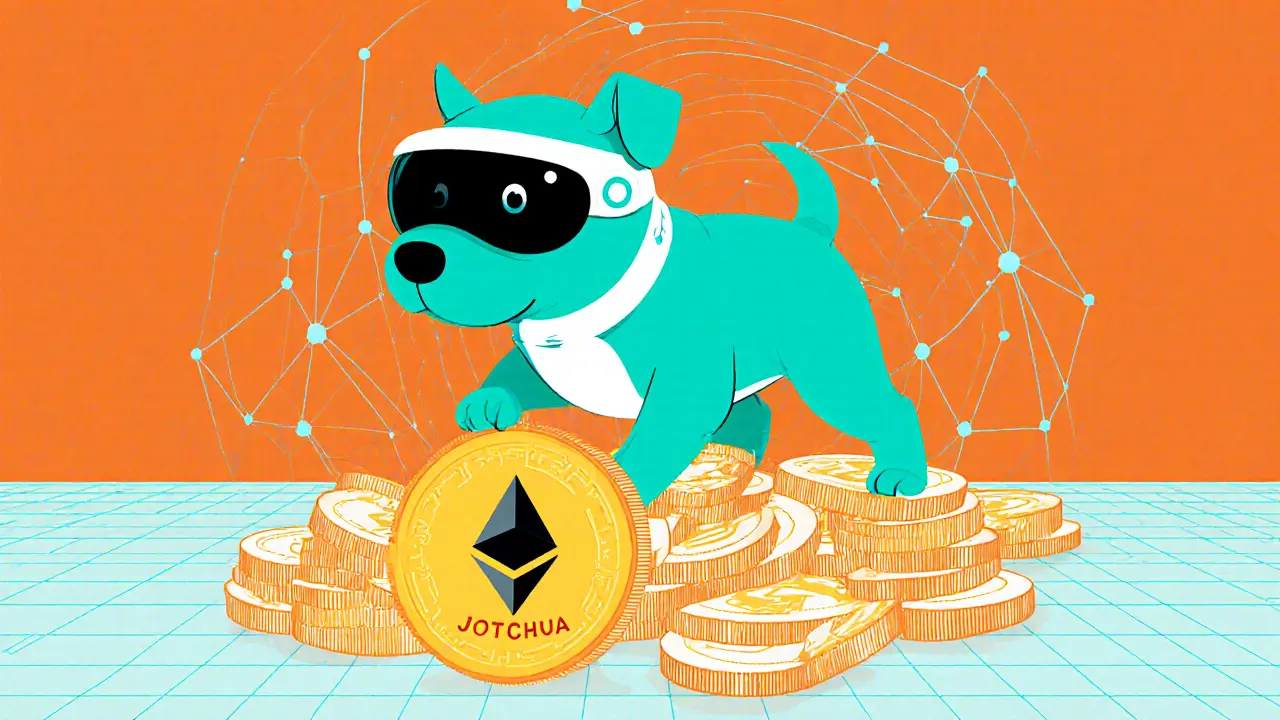ERC-20 Token Overview
When working with ERC-20 token, a standardized token format on the Ethereum blockchain that enables seamless interaction between wallets, dApps, and exchanges. Also known as Ethereum token standard, it defines a common set of functions for token contracts, making them interchangeable and easy to manage, you instantly tap into a huge ecosystem of assets and services.
The backbone of every ERC-20 token is Ethereum, the decentralized platform that hosts smart contracts and fuels token creation. Without Ethereum’s network, the token wouldn’t have a secure ledger, gas pricing, or the ability to execute code automatically. In other words, ERC-20 token requires smart contracts, self‑executing code that enforces token rules like transfer, approval, and balance tracking, which is why developers can launch new assets in minutes rather than months.
Key Concepts Linked to ERC-20 Tokens
Understanding tokenomics, the economic design behind a token’s supply, distribution, and incentives is crucial. Tokenomics decides whether a token is deflationary, inflationary, or has a fixed cap, and it directly influences market perception and utility. For example, a token with a built‑in burn mechanism can create scarcity, while a staking reward model encourages holding.
Another major player is DeFi, decentralized finance applications that use ERC-20 tokens for lending, borrowing, and yield farming. DeFi protocols rely on the ERC-20 standard to move assets between contracts without intermediaries, which fuels the rapid growth of liquidity pools and automated market makers. In practice, a token can be supplied as collateral on a lending platform, earned as rewards on a yield farm, or swapped on a decentralized exchange—all thanks to its ERC-20 compliance.
Airdrops are a practical way projects distribute ERC-20 tokens to early supporters or community members. Because the token follows a universal interface, airdrop contracts can broadcast tokens to thousands of addresses with a single transaction. This simplicity also makes airdrops an attractive marketing tool, but it carries risks like spam and token dumping, which you’ll see reflected in the guides below.
Regulatory considerations are another layer to keep in mind. While ERC-20 tokens themselves are code, many jurisdictions treat them as securities or commodities, especially if they promise profits or have governance rights. Knowing the legal landscape helps you avoid compliance pitfalls when launching or trading these tokens.
From a technical standpoint, the ERC-20 standard includes six mandatory functions—totalSupply, balanceOf, transfer, transferFrom, approve, and allowance—and two optional events. These functions let wallets query balances, move tokens, and set spending limits, which is why almost every wallet and exchange supports the standard out of the box.
Putting it all together, the ERC-20 token ecosystem blends Ethereum’s robust network, smart contract automation, thoughtful tokenomics, DeFi integration, and community-driven airdrops. Below you’ll find a curated mix of articles that break down licensing, token reviews, exchange safety, and regulatory sandboxes—all tied back to the world of ERC-20 tokens. Dive in to see how each piece fits into the bigger picture.

Perro Dinero (JOTCHUA) Crypto Coin Explained - Full 2025 Guide
Aug 2, 2025, Posted by Ronan Caverly
Discover what Perro Dinero (JOTCHUA) crypto coin is, its tech specs, market data, risks, and how to buy it safely in this detailed 2025 guide.
MORESEARCH HERE
Categories
TAGS
- decentralized exchange
- crypto exchange review
- cryptocurrency
- crypto coin
- CoinMarketCap airdrop
- smart contracts
- tokenomics
- cryptocurrency exchange safety
- crypto exchange
- cryptocurrency airdrop
- crypto airdrop
- cryptocurrency exchange
- crypto airdrop guide
- blockchain token distribution
- DeFi
- crypto exchange scam
- crypto airdrop 2025
- Ethereum
- cross-chain interoperability
- ERC-20
